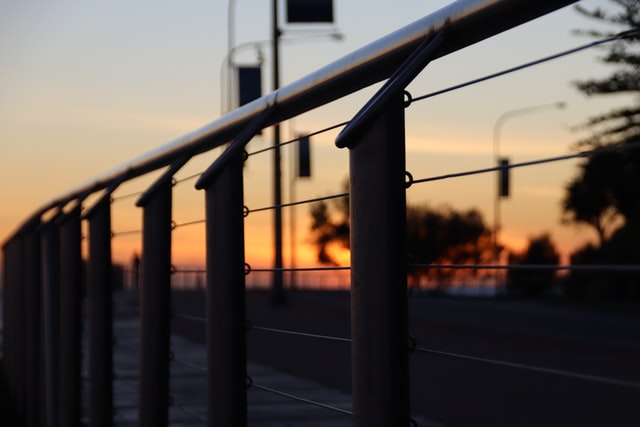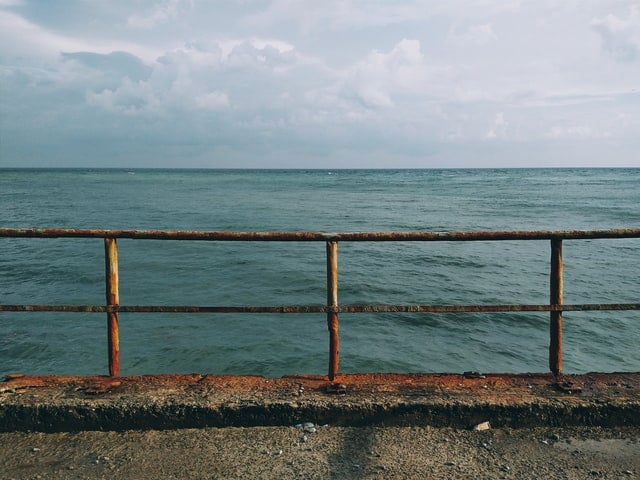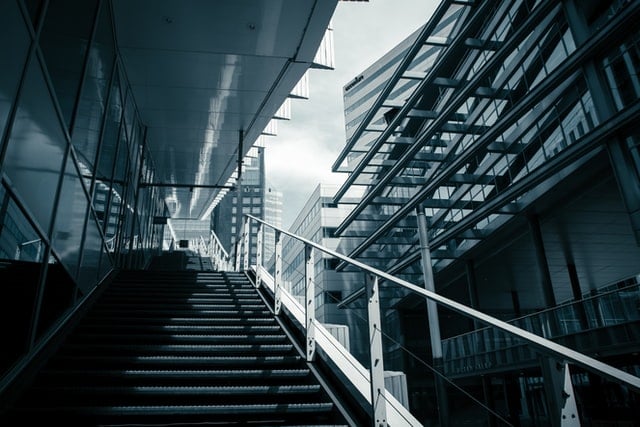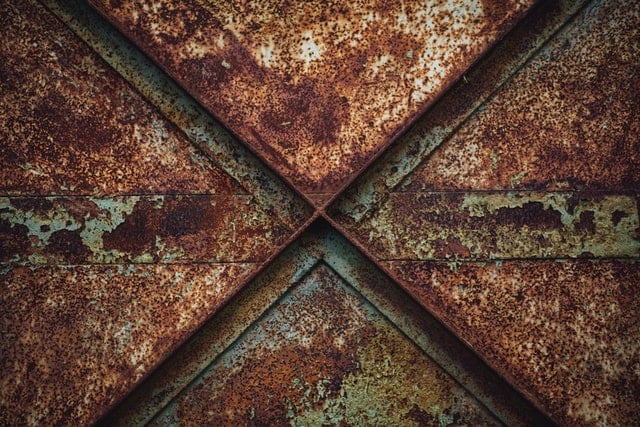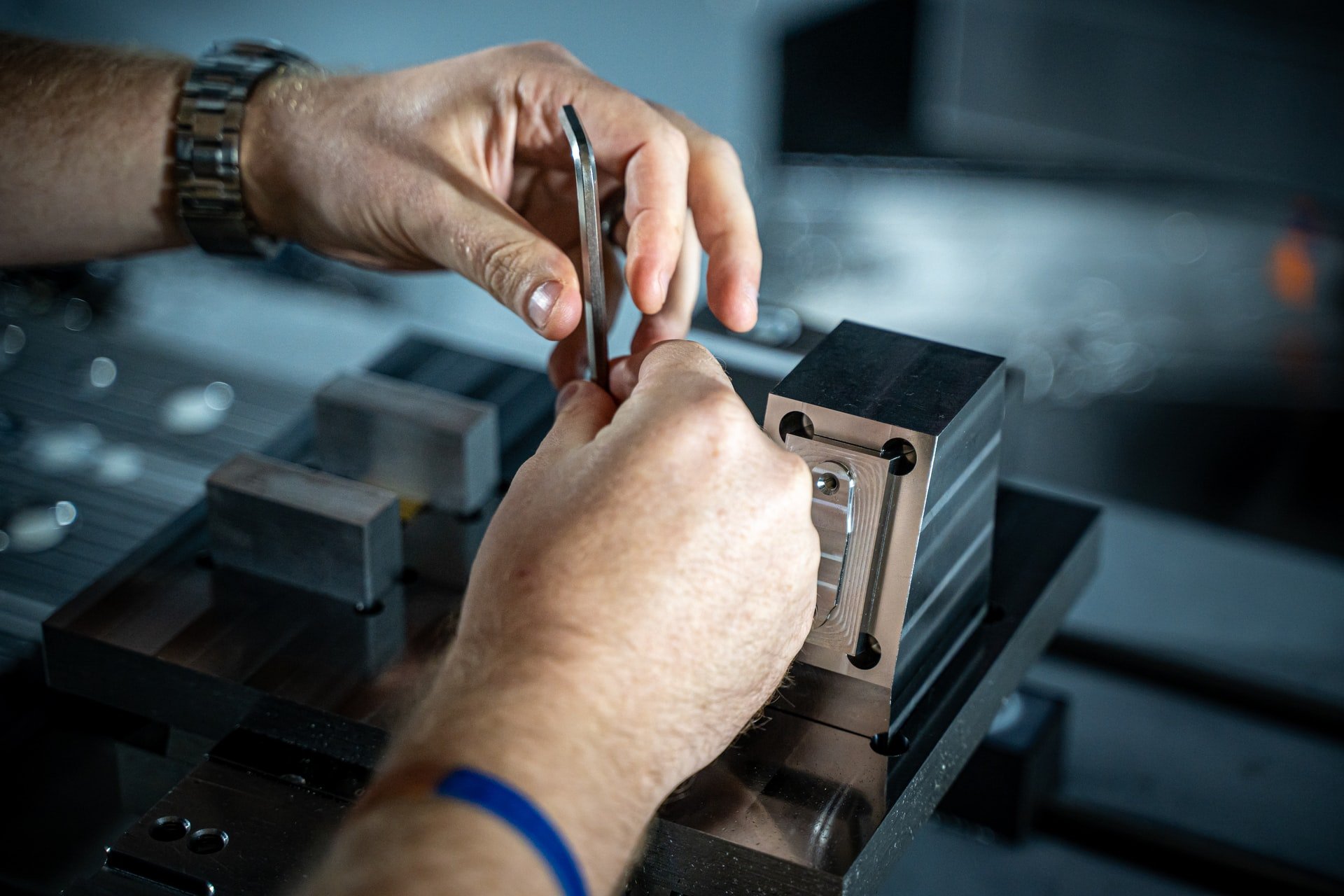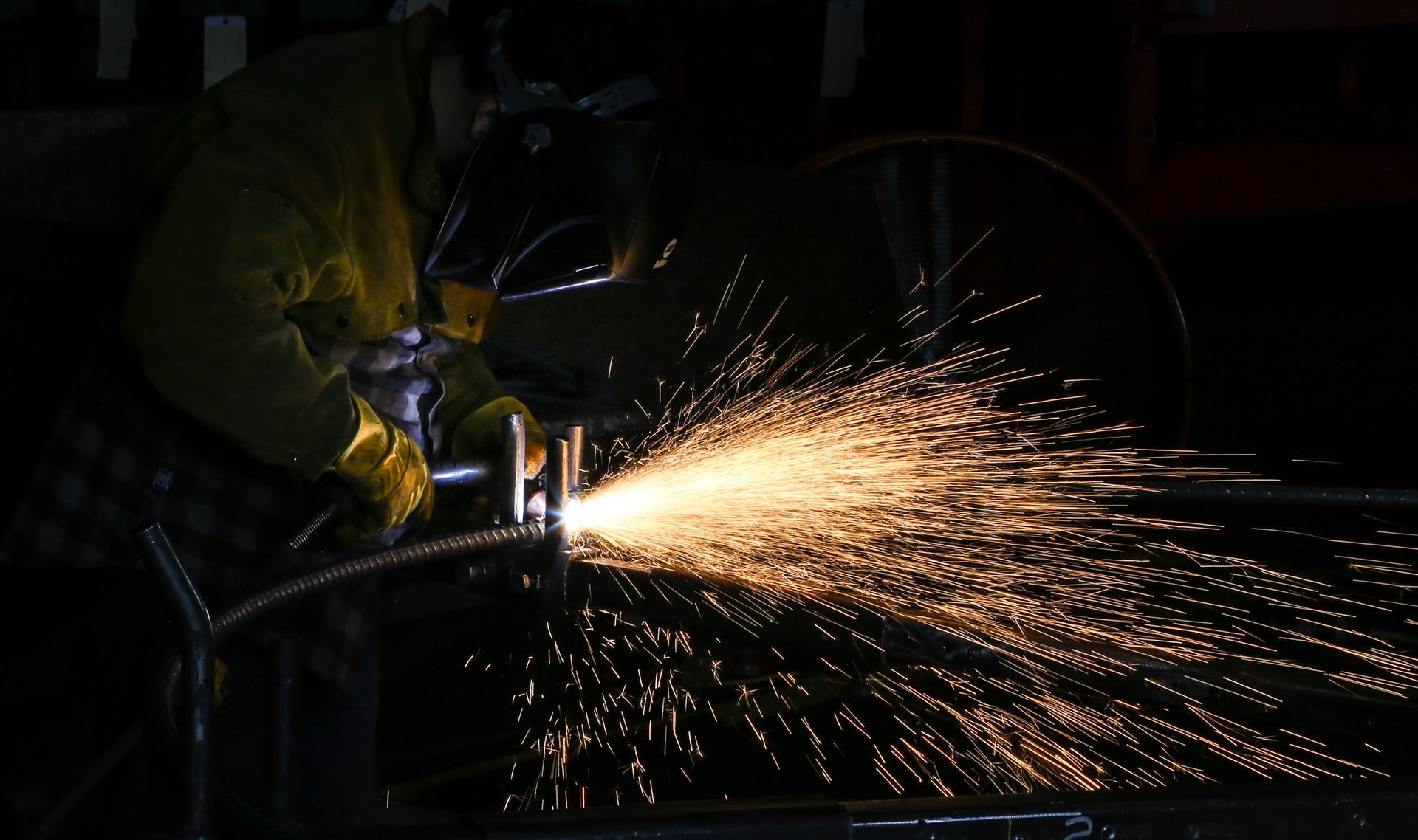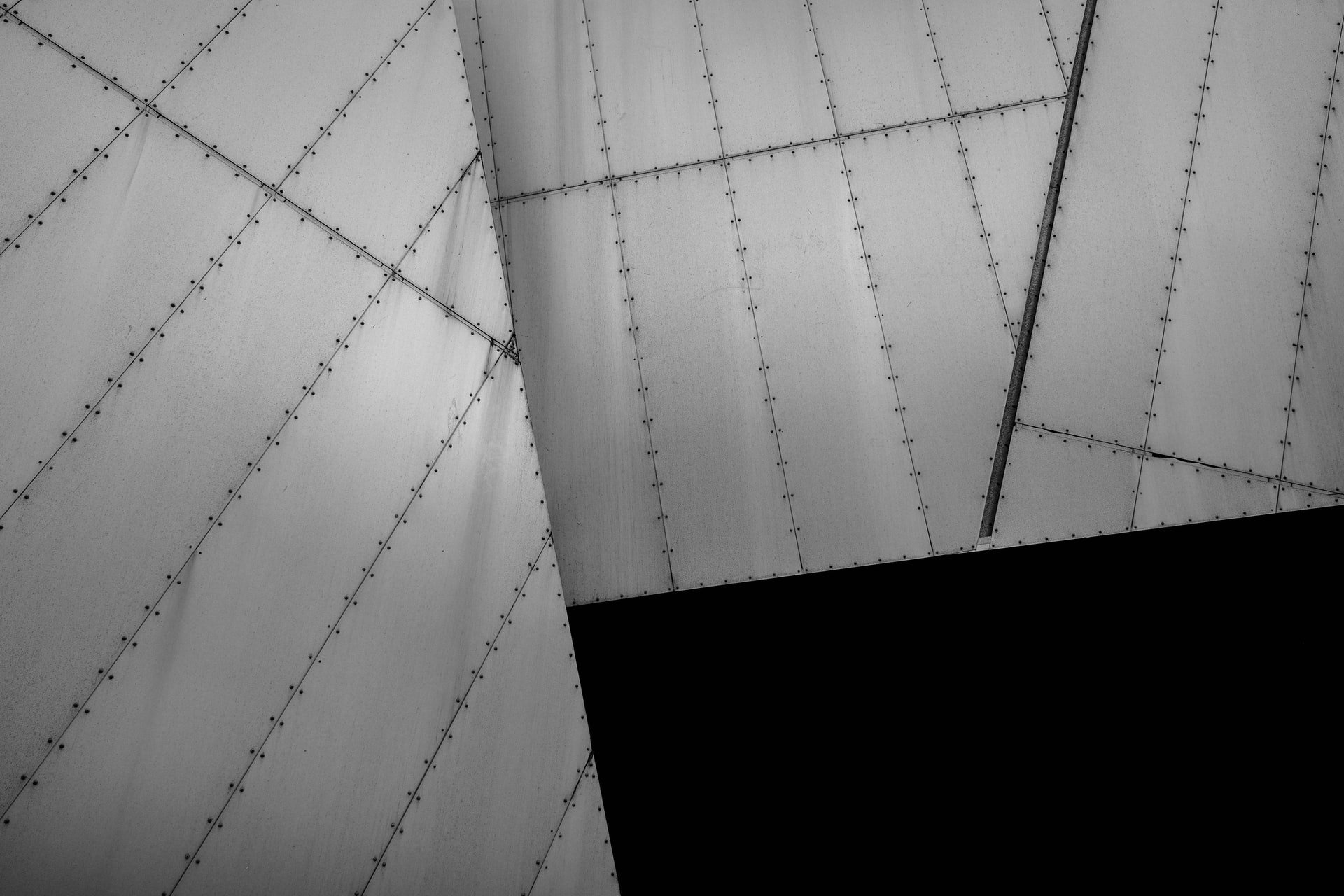
Soda blasting is a method of light, non-abrasive cleaning that uses compressed air to blast aerosolised particles of sodium bicarbonate (also known as baking soda) mixed with plain water onto a dirty or tarnished surface using a compressed air pump. The pressurised soda mix is sprayed through a hose and left to dry (as with power washing). It's typically used for surface damage removal (or stripping) on materials where grit blasting, acids, or chlorinated cleaners would be too damaging, invasive, or risky to use. Soda blasting is particularly effective at removing light rust, mill scale, spray-paint graffiti, and fire damage soot without damaging the base material underneath.
Advantages Of Soda Blasting
1) Soda blasting is unobtrusive, non-abrasive, and environmentally friendly. Unlike most chemical cleaners, sodium bicarbonate disappears easily, is non-toxic to humans and animals, and doesn't risk leaving lasting heat damage or chemical markings.
2) Soda blasting also works well as a preventive measure. Drying the sodium bicarbonate into a powdery layer on treated metallic surfaces is known to effectively prevent flash rusting. Materials such as copper react particularly well to soda blasting - it's even been used to clean the Statue of Liberty!
3) Soda blasting is a cheap and effective treatment for a wide range of surfaces. Importantly, it's just as good for cleaning organic materials made of wood and stone as it is artificial ones (such as stainless steel). This versatility, aided by the ease of making the bicarbonate mix, means that soda blasting machines can be reused in a great variety of cleaning roles.
Disadvantages Of Soda Blasting
1) Soda blasting relies on an alkaline mixture to work. You should take particular care while blasting around plants and foliage. Stray sodium bicarbonate can soak into the soil and alter the pH balance. A thorough clean water rinse of the treated surface usually counteracts any accidental spillage.
2) Soda isn't as effective as grit blasting for attaching itself to smooth surfaces, either. While the lack of abrasion caused by soda is usually a good thing it can also mean that it may be tricky to attach a coating of soda to certain metals. Surfaces may need to be primed and profiled before soda blasting will work effectively.
3) Sodium bicarbonate has a limited lifespan and can't be stored for long. The liquid solution tends to condense and congeal. Given enough time, it becomes useless for spraying and cleaning. Using expired mixes can damage your soda blasting machinery. Check any mixes left in warm locations or on the shelf for too long carefully for signs of decay.
Should I Use Soda Blasting?
Soda blasting is suitable for cleaning timber, wood, oak beams, oak floors, doors, stairs and banisters, cars, boat hulls, masonry, food processing equipment, and structural steel. If you need to remove dirt, corrosion, graffiti, markings, or any other surface damage on one or more of those items, the answer is most definitely a yes.
Soda blasting efficiently removes and cleans multi-layered surfaces. This eliminates the need for any other toxic chemicals, scraping, sanding, or abrasive blasting. For heavier duty surface preparation we also offer shot blasting and grit blasting. Please get in touch to find out more.




